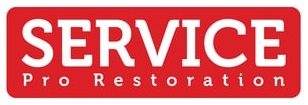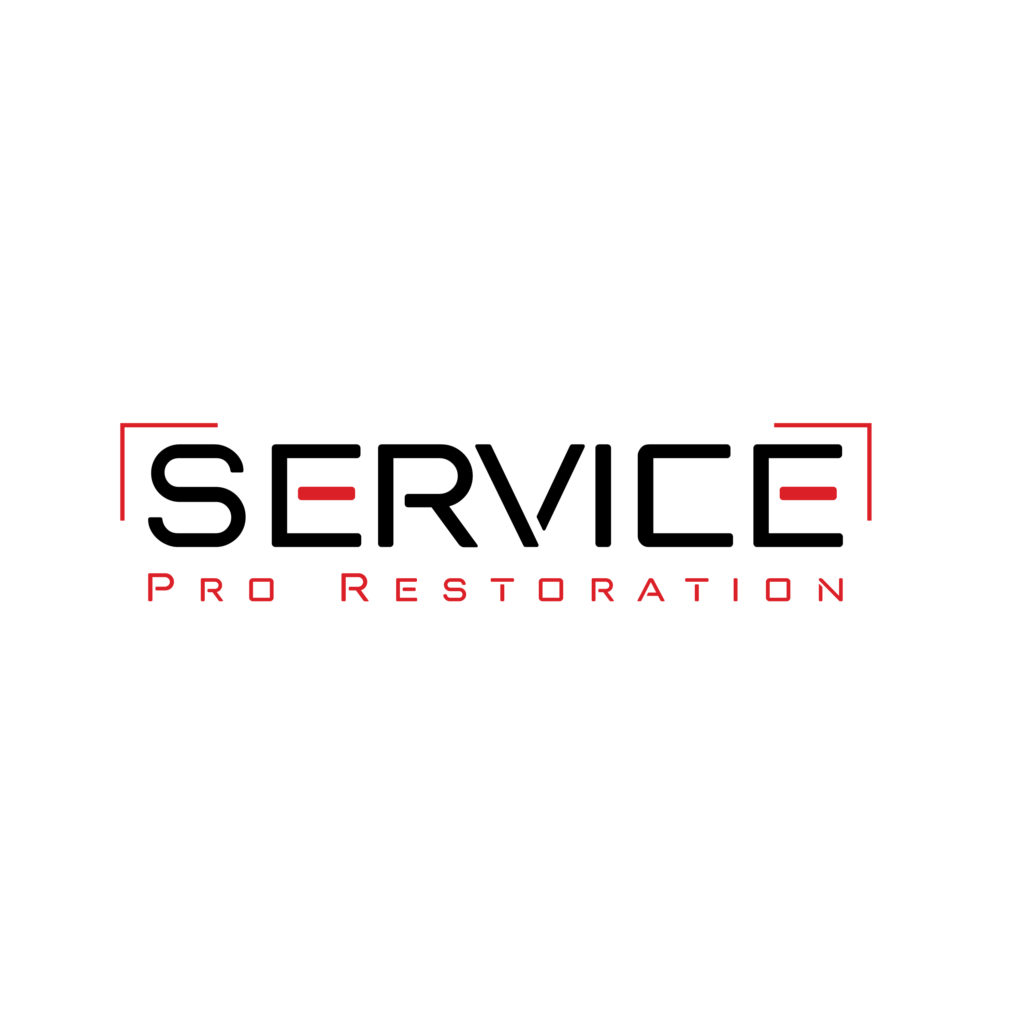Smoke Remediation Techniques

Smoke remediation techniques are necessary for the safe removal of harmful smoke. These methods include Thermal oxidation, Vapor Modification, and Steam cleaning. These methods are designed to clean up the air and get rid of the residue of smoke. Listed below are some common techniques. They will help you achieve a smoke-free home or office.
Vapor Modification
Vapor modification is a smoke remediation technique that uses an aromatic compound to make indoor air free from odors and pollutants. The chemical is released from a plastic container with a blower or fan and then vaporizes into the air. The mineral oils used are non-toxic, non-oily and non-flammable. They penetrate the porous structure of smoke to provide a long-lasting deodorization solution.
This technique can be used in a variety of ways. It can be applied by using dedicated vapor probes and can also be used in conjunction with a rotary hammer technique. The EPA has developed models to estimate vapor concentrations and associated health risks in indoor air. The EPA also developed a method for sampling and analyzing soil gases.
Thermal oxidation
Thermal oxidation as a smoke remediation technique requires a device to heat process gas vapors to an elevated temperature. This is done by using electric heating, natural gas, or LPG. The oxidizer can also be equipped with a catalyst. The process gas must be in an elevated temperature for one second to be effective. The device can operate with either a continuous or intermittent heating mode.
The process works by oxidizing volatile organic compounds and odorous gases in the air. It requires high temperatures and sufficient concentrations of combustible reactants. In addition, oxidizers need external fuel such as fuel oil or natural gas, or propane.
Steam cleaning
Smoke remediation is the process of cleaning up smoke damage caused by a fire. Several different methods exist for this purpose, including scrubbing the affected area with a vinegar and water solution, repainting it, and steam cleaning. These methods are effective for removing smoke odor from the walls, but you must be very careful not to damage the walls in the process. You should also use caution when steam cleaning anything delicate, like drywall and silk.
The first step in smoke remediation is airing out the house. You should open the windows to allow fresh air in. You can also use fans strategically placed throughout the house to push smoke odors out. Once you’ve removed any smoke odors, you can begin cleaning the affected areas and items.
Soot vacuuming
Soot vacuuming as smoke remediation involves cleaning up the residue left behind by smoke and flames in a room. To do so, you can use a vacuum with a hose. This method helps you remove soot particles from walls and ceilings. However, you should use great caution and hold the vacuum nozzle a half-inch away from the walls and ceilings. You can also use a cleaning solution such as paint thinner or vinegar diluted in water.
The process of soot removal may be challenging, particularly if you have bricks and other hard-to-clean surfaces. Therefore, it is recommended to hire professionals for this task. Performing the cleaning yourself can lead to more damage and will prolong the cleanup process. In addition, improper cleaning can expose you to more harmful toxins.
Ozone generators
Ozone generators are a common type of smoke remediation machine that is designed to release ozone into the air. Ozone has a third oxygen molecule that attaches to airborne pollutants, destroying their cell walls. Ozone then decays back into oxygen. Ozone generators are useful for a variety of purposes, including odor removal, mold removal, and cleaning up pungent smells. They can be used in a home or office, and can be operated by trained technicians.
However, there are risks associated with ozone. Exposure to ozone can lower a person’s ability to fight respiratory diseases. It can also make the body more susceptible to bacterial toxins. This is especially problematic for individuals with respiratory ailments, including asthma and allergies.




